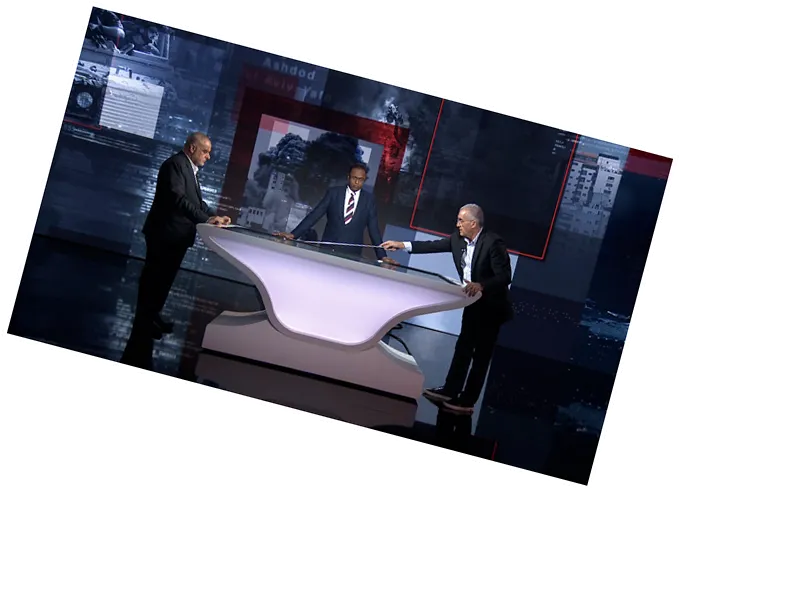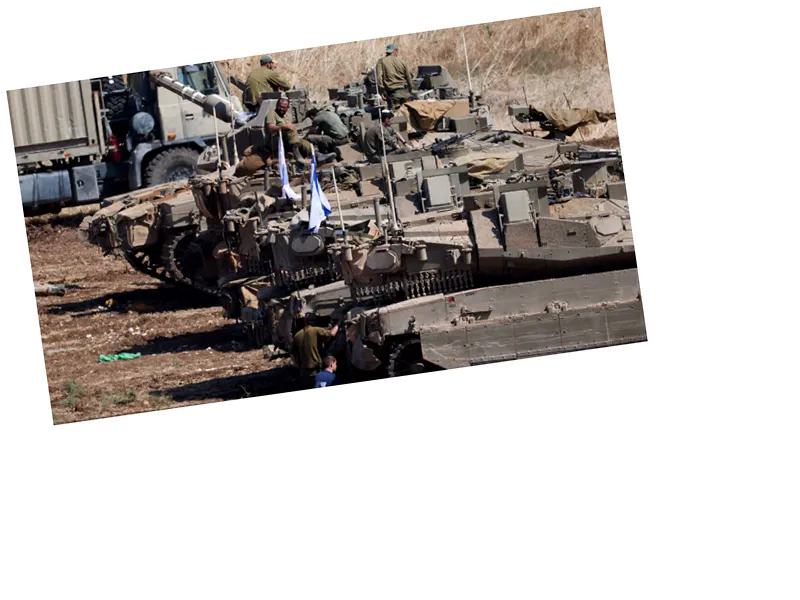Hezbollah's Escalation: A Multi-Dimensional Strategy
Hezbollah's recent intensive shelling of northern Israel marks a significant escalation in the ongoing conflict, with military experts suggesting that this action is part of a broader strategy. The shelling, which reportedly involved around 80 rockets launched from Lebanon, is seen as an effort by the militant group to solidify its political position and establish a new deterrence framework in the wake of the assassination of its leader, Hassan Nasrallah. This military maneuver aligns closely with statements made by Hezbollah's leadership, indicating a calculated approach to both military and political objectives.
Military expert Brigadier General Elias Hanna elaborated on what he terms Hezbollah's 'strategic triangle'—the Bekaa Valley, Beirut, and the area south of the Litani River. He emphasized that the current situation is more than mere reconnaissance but less than a full-scale military operation. As tensions rise, he outlined three potential scenarios for future confrontations: the continuation of the current standoff, a large-scale Israeli incursion, or a mixed approach involving special forces operations behind enemy lines.
The Changing Dynamics of Warfare
Colonel Hatem Karim Al-Falahi noted a significant evolution in Hezbollah's military capabilities since the 2006 conflict. He pointed out that Hezbollah's combat readiness now allows for a more strategic deployment of forces, with mobilizations occurring further from the front lines to mitigate the risk of direct Israeli attacks. Al-Falahi explained that Hezbollah's offensive operations are increasingly sophisticated, targeting critical Israeli infrastructure such as missile and air defense bases, which are located up to 40 kilometers away from the border.
Both Hezbollah and the Israeli army are engaged in reconnaissance and testing operations along the front lines, indicating a tense and potentially volatile situation that could lead to further escalation in the region. As both sides prepare for possible confrontations, the international community watches closely, aware that the ramifications of these developments could extend far beyond the immediate conflict.





